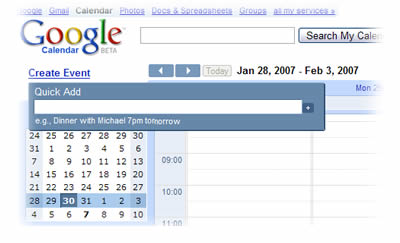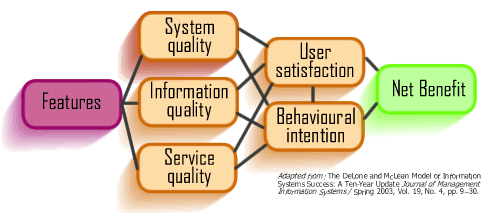Joined up experience
The “customer” agenda has moved beyond CRM. “Customer experience” is being taken ever more seriously; some more enlightened organisations have customer experience representation at the board level. It’s all about thinking in terms of the experience customers have with us- considering every touch point – understanding the journey the customer takes from first becoming aware of our brand, through researching and purchasing our products to developing them as a loyal and profitable advocate of ours.
Sadly the IT that underpins many organisations doesn’t get the customer journey. It is routed in organisational silos and delivery channels that mean everything to the organisation but nothing to the business.
We know how successful our web channel is: we’ve got webmetrics. We know how successful our telephony channel is: we’ve got a sales force motivated to sell, and a dashboard that tell us their success. We know how successful our stores are: we’ve got sales data, we even measure footfall in our stores.
But is it joined up?
I go into a store and a salesperson helpfully shows me the product, but I’m not yet ready to commit. She offers me a great deal, I’m tempted, but I want to check it out on the web. I search the competitors, the salesperson was right, she was offering me a really good deal. So I got to their online shop and there is nothing like the tailored deal I was offered in the store. There’s a number on the website and I get through to the call centre. I start all over again. I get the same sales patter I got in the store and saw on the web. I’m offered a deal that is similar to that in the store. I’m ready to commit… but they don’t have any in stock, I’ll have to wait seven day. So can’t I buy it now and pick it up in the store tomorrow? I don’t think so.
Where is the driver to improve things? Each channel has contributed to the sale but each is a silo that has its own reporting lines. They are in competition with each other, each wanting the sale none of them recognising the other in the journey that led to that sale. Yet ultimately their failure to work together is destroying the brand value.




